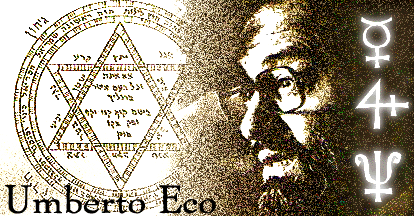Lesson 1: "What is semiotics?"
Semiology and Linguistics (1)
As an approach to textual analysis, semiotics treats the language of which texts are
composed as a system of signs and symbols, which convey meaning to the reader.
Linguistics, the scientific study of language, is only one branch of this general science
and has seen a quite extraordinary expansion.
"The laws which
semiology will discover will be laws applicable in linguistics... As far as we are concerned...
the linguistic problem is first and foremost semiological... If one wishes to discover the
true nature of language systems, one must first consider what they have in common with
all other systems of the same kind... In this way, light will be thrown not only upon the
linguistic problem. By considering rites, customs etc. as signs, it will be possible, we
believe, to see them in a new perspective. The need will be felt to consider them as
semiological phenomena and to explain them in terms of the laws of semiology."
Ferdinand  de Saussure de Saussure 
Example /perfomed by O.Bragina/
|
Class assignment (pair work, done orally):
Present the information on the following 4 pages (frames 3-6) as article extracts (from web-publications or paper editions).
Design them to look appropriately.
Do the following:
- hightlight the keywords,
- highlight the main idea,
- add subheadings (if necessary),
- segment the information (if you think it appropriate),
- add an illustration or an icon if you want.
You may use ".doc" format file for creating your project.
Example (based on the quotation above):
The study of “everything which can be used in order to lie”

Semiotics is concerned with everything that can be taken as a sign.
A sign is everything which can be taken as significantly substituting for something else.
This something else does not necessarily have to exist or to actually be somewhere at
the moment in which a sign stands in for it.
Thus semiotics is in principle the discipline studying everything which can be used
in order to lie. If something cannot be used to tell a lie, conversely
it cannot be used to tell the truth; it cannot in fact be used 'to tell'
at all.
I think that the definition of a 'theory of the lie' should be taken as
a pretty comprehensive program for a general semiotics.
|
Resources for Lesson 1:
Chandler, Daniel. Semiotics for Beginners.
Danesi, Marcel, and Paul Perron. Analyzing Cultures: An Introduction and Handbook. Bloomington: Indiana UP, 1999.
Eco, Umberto. A Theory of Semiotics. Indiana UP, 1976.
|
Пермский государственный университет
|